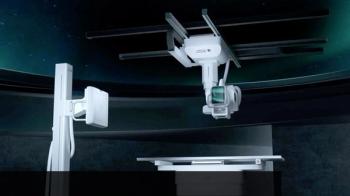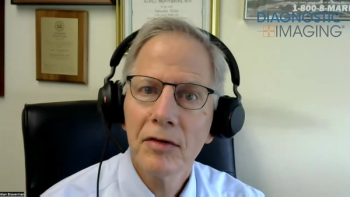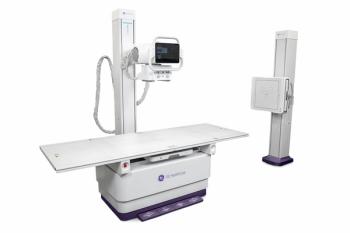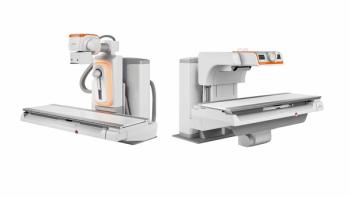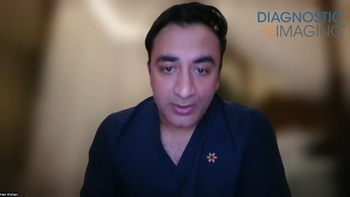
CR improvements challenge DR on speed and productivity
Vendors streamline processing, improve imagesManufacturers are revitalizing computed radiography product lines to become more competitive with digital radiography. They are focusing particularly on ways to decrease the time needed
Vendors streamline processing, improve images
Manufacturers are revitalizing computed radiography product lines to become more competitive with digital radiography. They are focusing particularly on ways to decrease the time needed to see preview images, thereby boosting throughput. They are also exploring ways to improve image quality while holding down costs.
"CR may be an older technology, but it has an ongoing, innovative life," said John B. Strauss, director of marketing for imaging systems at Fujifilm Medical Systems.
With an eye toward boosting productivity, Fuji unveiled FCR Velocity, which provides full image preview in seven seconds. Strauss described the new product as combining CR's cost-effective, proven technology with the productivity benefits of DR.
The upright 25 x 18 x 17-inch unit features LineScan, which deflects a laser across an imaging plate and reads down an image, line by line. The product also includes a highly efficient, Fuji-designed Advanced Technology Large Area-Sensing (ATLAS) CCD. Further details on the product, which will be available early in the third quarter of 2003, have not been made available. Although the company has not yet established a pricing structure, Velocity will be sold at a fraction of the cost of a DR system, Strauss said.
Velocity joins other Fuji high-production CR products, such as the FCR 5000 and SmartCR, that are geared for high-volume facilities, such as occupational health centers, clinics, and imaging centers.
For the first time at the RSNA meeting, Konica Medical Imaging exhibited Xpress CR, which delivers images ready for view at any control station in a network within 24 seconds and completes the imaging cycle in just 40 seconds. With one Xpress CR Control Station and reader, two-view exams can utilize the "drop and go" feature, which trims the time to insert the second plate to six seconds. In a network of two CR systems, Xpress CR can process four-view studies in less than two minutes.
Similar speed improvements are possible with Kodak's latest product, also unveiled at the RSNA meeting. The Kodak DirectView CR 850 can process up to 100 cassettes an hour, according to the company, yet it has a footprint measuring just 25 x 29 inches. The all-in-one CR reader is designed for use as a stand-alone unit in emergency, intensive care, or other area with limited floor space. It features a 15-inch flat-panel screen and barcode reader for identifying patient cassettes.
The means to productivity achievements are found as much in the software as the hardware. To enhance image quality, for example, Fuji's CR products use an amalgam of image analysis, evaluation, and processing tools that the company calls Image Intelligence. This software supports energy and temporal subtraction as well as adaptive pattern recognition to discriminate noise from diagnostic detail and remove stationary grid lines from CR images. Fuji's image processing toolkit also includes dynamic range control to enhance dense and peripheral tissues, multi-objective frequency processing to add edge enhancement to small and large structures, and automatic stitching to connect two or more images from spine or long-leg studies.
Newsletter
Stay at the forefront of radiology with the Diagnostic Imaging newsletter, delivering the latest news, clinical insights, and imaging advancements for today’s radiologists.

